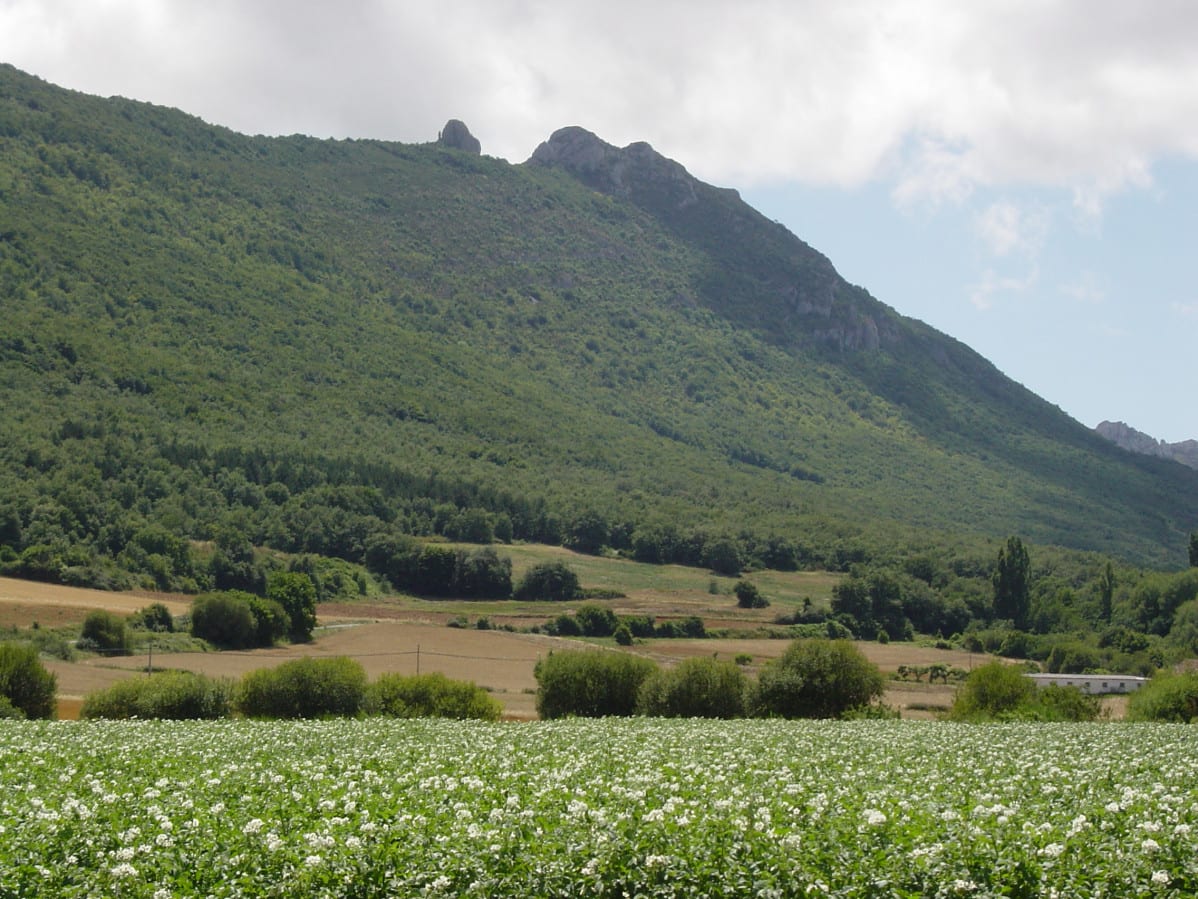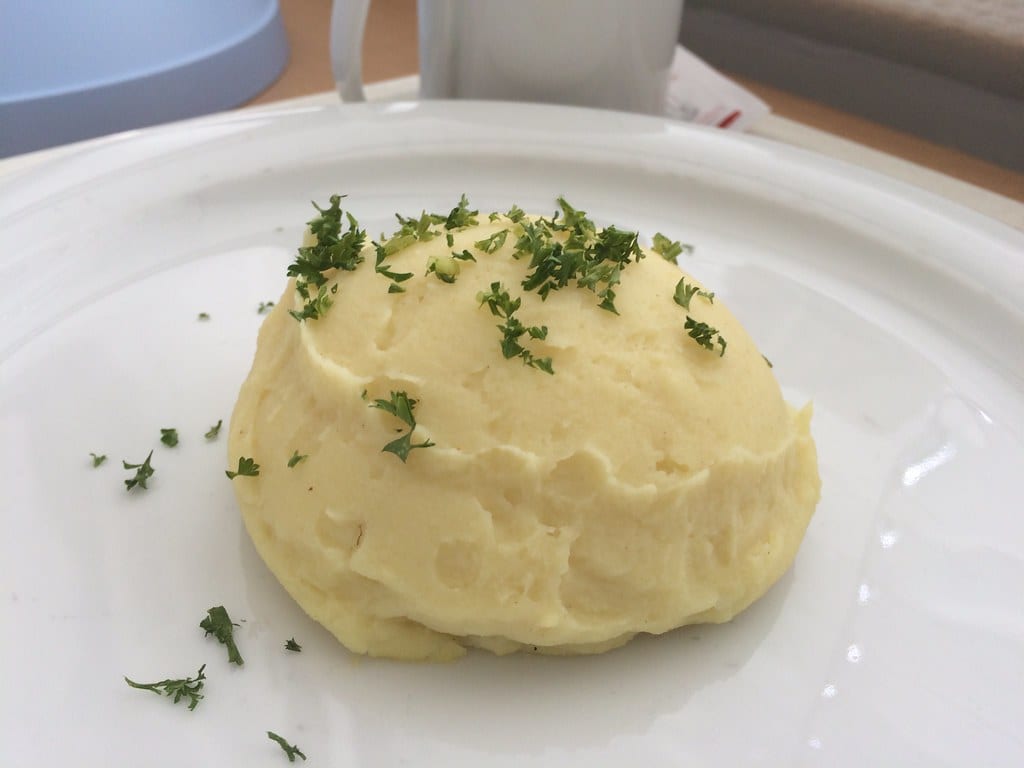Research has found that the presence of pollinators and beneficial insects contribute to yields, which in turn contribute to profit, while treed areas and grassy spots store carbon. Wetlands provide habitat and store water to recharge aquifers and improve water quality. A University of Calgary scientist says fields that contain wetlands or bush are more productive than many farmers think.
Paul Galpern would like to see a lot more messy fields.
The University of Calgary landscape ecologist and data scientist said fields that contain wetlands or bush are more productive than many farmers think. His research has shown this.
“Wooded areas, wetlands, pasture area, shelterbelts, those are the wild places, what I call the messy spots, and the spots where nature’s contribution to people can actually happen,” he said during a virtual conference organized by the Johnson Shoyama Graduate School of Public Policy at the University of Saskatchewan and University of Regina. Galpern said the concept is probably better known as ecosystem services. It’s about the potential for these places to contribute to society. How to encourage farmers to keep the messy spots, however, is an ongoing discussion.
Work at his laboratory has determined that the presence of pollinators and beneficial insects contributes to yields, which in turn contribute to profit. Treed areas and grassy spots both store carbon. Wetlands provide habitat and store water to recharge aquifers and improve water quality. “Growers want to remove things like wetlands, forest patches, fence rows and pasture land because they get in the way,” Galpern said. “They like straight lines.”
But he said there is profit to be made from leaving them, or from creating new messy spots on marginal land that would no longer require input costs to grow a crop. Larry Durand, agrologist at Field Good Economics in Humboldt, Sask., said a case study with a client found exactly those results. It involved a 627-acre field that produced 60 bushels per acre of spring wheat in most areas, but zero in a significant saline patch and 25 bu. per acre adjacent to that.
Using the provincial government’s crop planning guide for the black soil zone at that time, average expected yield was 65 bu. per acre while costs were $238.93 per acre. At a price of $6.42 per bu., the gross revenue varied from $415.37 per acre on the best producing land, down to $160.50 on the 25 bu.-per-acre patch, to zero where no crop grew at all. That resulted in revenue of $176.44, a loss of $78.43, and a loss of $238.93 in the three respective situations.
The case study involved removing the area that isn’t productive and seeding it to a salt-tolerant grass. Soil, water and topography (SWAT) maps indicated the worst area and 50 acres were removed to make the field 577 acres. Those 50 acres were planted to forage. It involved a 627-acre field that produced 60 bushels per acre of spring wheat in most areas, but zero in a significant saline patch and 25 bu. per acre adjacent to that.
Using the provincial government’s crop planning guide for the black soil zone at that time, average expected yield was 65 bu. per acre while costs were $238.93 per acre. At a price of $6.42 per bu., the gross revenue varied from $415.37 per acre on the best producing land, down to $160.50 on the 25 bu.-per-acre patch, to zero where no crop grew at all. That resulted in revenue of $176.44, a loss of $78.43, and a loss of $238.93 in the three respective situations.
The case study involved removing the area that isn’t productive and seeding it to a salt-tolerant grass. Soil, water and topography (SWAT) maps indicated the worst area and 50 acres were removed to make the field 577 acres. Those 50 acres were planted to forage. Durand said the yield rises from 65 to 69 bu. per acre because the worst areas are gone. However, there are fewer acres so the gross revenue drops by about $5,000 over the field.
“We actually have $5,000 less wheat to market at the end of the year,” he said. “However, when we go to the input cost part of the equation we’re going from $150,000 to $138,000, so we’re actually saving $11,000 worth of costs here for a net benefit of $6,600 on this one section.” That is about a $10.50 per acre benefit.
Durand ran the numbers for other crops and found similar results. For canola, the benefit would be about $10,500 or $16.84 per acre, while for barley it would be nearly $7,300 or $11.61 per acre. Yellow peas showed an overall net benefit of just about $9,000 or $14.33 per acre. Durand said this shows that taking out the 50 acres and seeding it to grass produces environmental benefits such as the ones Galpern listed.
He said perennial cover near field entrances, for example, can be a good management tool against clubroot. “Often times those saline areas are where weeds like kochia and foxtail barley are a problem so you can take care of those weeds by having grass grown there,” Durand added. “More productive vegetation can draw down the water table and draw down those salts and improve that land.” Galpern said his research across Alberta of yield data from six different years found fields with “messy stuff” are slightly more productive.
“They had higher yields per acre,” he said. “Canola fields, wheat fields, barley fields, pea and oat fields, they all have this positive effect of having uncultivated stuff in their fields.” He said farmers care about sustainability but do have to make money. “It’s a social licence to operate. If you can show your operation is sustainable and perhaps these areas slightly improve your profit, suddenly we’ve got an economic case for improving the ecosystems services for this land,” he said.











